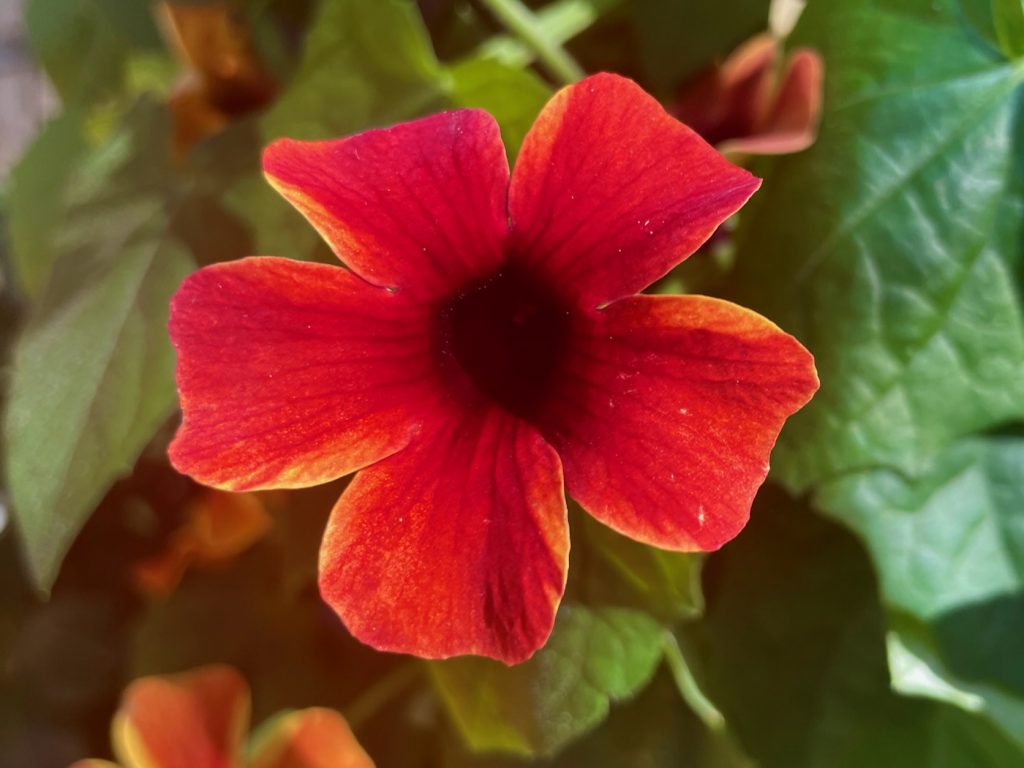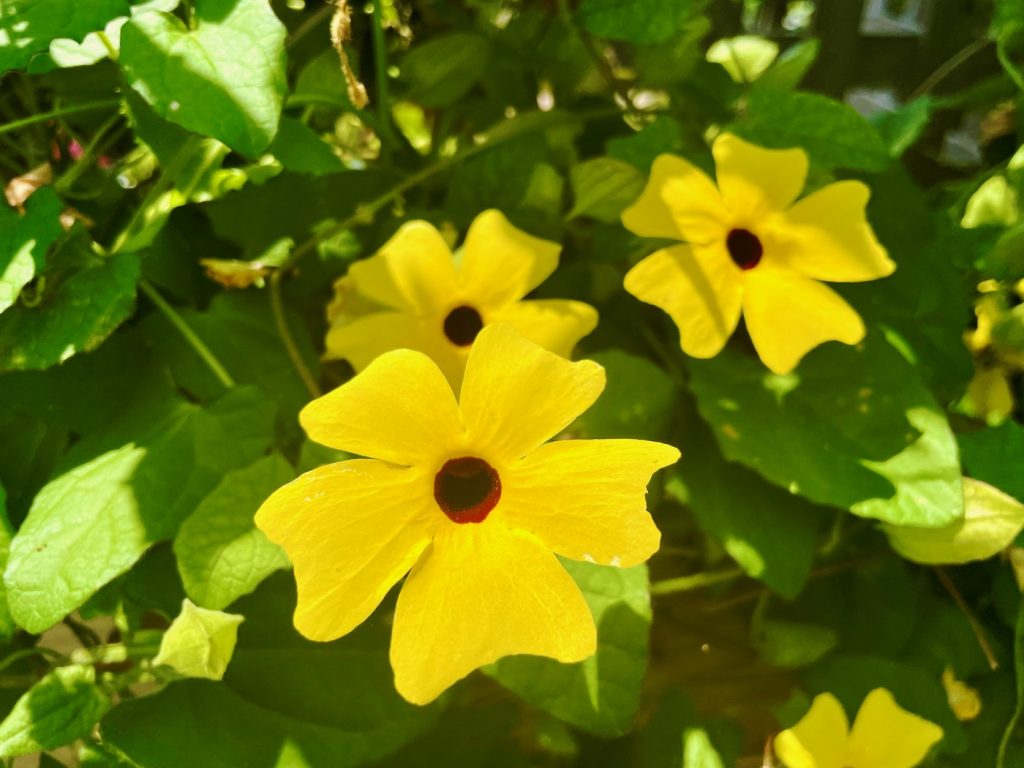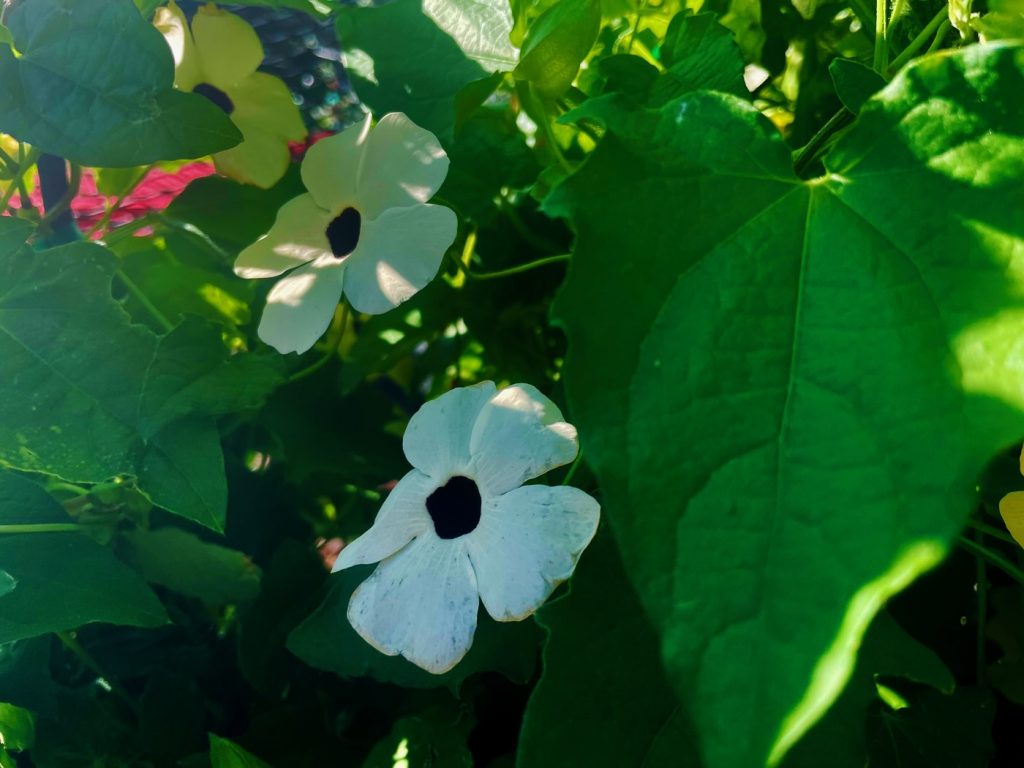Plumbago auriculata: A Delightful Blue Blooming Perennial
Background and Common Names
Plumbago auriculata, commonly known as Blue Jasmine, Cape leadwort, Blue Plumbago, Plumbago du Cap, or Cape Plumbago, is a fast-growing shrub or vine that belongs to the Plumbaginaceae family. This evergreen perennial is native to South Africa and is cherished for its vibrant blue flowers and glossy green foliage.
Characteristics and Description
Plumbago auriculata is a versatile plant that can grow as a shrub or be trained to climb as a vine. It reaches an average height of about 4 feet, providing an excellent choice for creating vertical interest in gardens. The plant boasts beautiful clusters of blue flowers that adorn its branches from early spring to fall. Each flower consists of five delicate petals, forming an enchanting display of color. The glossy green leaves are alternately arranged, adding to the plant’s overall attractiveness.
Origin and Varieties
As mentioned, Plumbago auriculata is native to South Africa, where it thrives in a sunny and warm climate. Over time, it has gained popularity in various regions around the world due to its captivating beauty. While there are no significant varieties of Plumbago auriculata, different cultivars may exhibit slight variations in flower color or growth habit, providing options for gardeners to choose from.
Cultivation of Plumbago auriculata:
Sunlight Requirements: Plumbago auriculata thrives in full sun to partial shade. It is best to provide it with at least six hours of direct sunlight each day to promote healthy growth and abundant flowering.
Soil and Watering: This plant thrives in rich, humus-rich, fertile, and well-drained soil. It appreciates regular watering to keep the soil consistently moist, but it is important to avoid overwatering which leads to waterlogged conditions. Once established, Plumbago auriculata demonstrates good drought tolerance.
Pest and Disease Control: Generally, Plumbago auriculata is disease-free. However, it may be susceptible to common garden pests such as mealybugs, totrix moths, whitefly, and red spider mites. Regular inspection of the plant and appropriate pest control measures, such as using insecticidal soaps or horticultural oils, can help keep these pests at bay.
Propagation: Plumbago auriculata can be propagated through seeds or cuttings. If propagating from seeds, it is recommended to start them indoors and then transplant the seedlings outdoors once they have developed a good root system. Alternatively, softwood cuttings taken in spring or hardwood cuttings in late summer can be rooted to establish new plants.
Additional Considerations
It is important to note that Plumbago auriculata is toxic to humans if ingested and may cause skin irritation upon contact. Therefore, it is advisable to handle the plant with care and keep it away from children and pets who might be tempted to consume its parts.
Conclusion
Plumbago auriculata, with its alluring blue flowers and glossy green foliage, is a remarkable addition to any garden or landscape. Whether grown as a shrub or trained as a vine, its fast growth and tolerance for different conditions make it a versatile choice for gardeners. With proper care in terms of sunlight, watering, soil conditions, and pest control, Plumbago auriculata can thrive and provide a delightful burst of color and elegance to your outdoor space.






